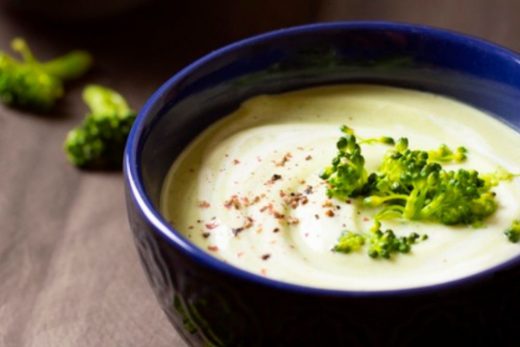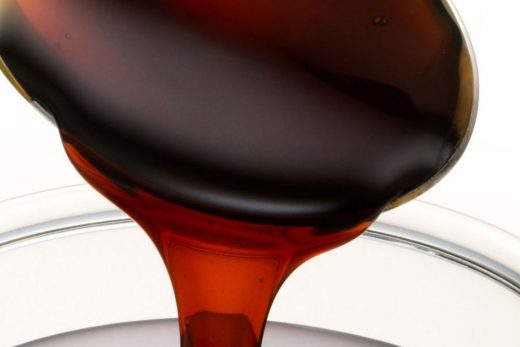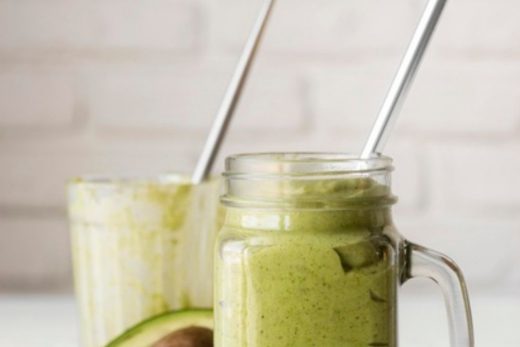How are the flow pipes cleaned? If you are experiencing problems such as clogging, slow pulling in the kitchen drain pipe or bathroom drain pipe, you should learn the cleaning methods.
CLEANING THE EXPENSES
Drains are often clogged by the combination of oil and soap residues with hair and textile residues. If the problem occurs in the sink, washbasin and shower tray, the problem is in the siphon just below the drain or a little deeper. Many sinks have a control mechanism and a controlled strainer behind the faucet. The first step is to disassemble and clean this part of the drain. The operated siphon should be checked regularly.
PRESSURE SOLUTION AGAINST THE WASTE
If the dirt causing the blockage is left in an unreachable place in the pipe, hand pumps can be used. SINK PUMP It is very easy to apply: Fill the inside of the sink with water until it reaches the upper edge and use the pump. Then run plenty of hot water. Cover the overflow opening with a damp cloth before you start pumping or applying pressure.
EXPENDITURE CLEANING WITH CHEMICALS
Removers, which are among the most common auxiliary materials in the cleaning of drain pipes, can be obtained from DIY stores. However, in their misuse, they can also cause themselves to be blocked. Effective substances used in drain cleaning usually contain aggressive additives such as caustic sodium, nitrite or sodium hypochlorite. May cause burns in contact with eyes, skin or soft tissue. Chlorine-containing substances in particular are harmful to health and the environment. When we breathe the fumes, lung and trachea disorders may occur.
CLEANING THE EXPENSE WITH NON-HARMFUL MATERIALS
For cleaning the drain pipes, a few tablespoons of baking soda or carbonate is poured into the drain, half a glass of vinegar or soda is poured over it to open the blockage (close the drain). It will be enough to clean it by pouring hot water after a few minutes. Sometimes even boiled water can have the same effect. Pressure or steam cleaners can be used for additional assistance. Uncured debris, detergent residue, hair balls, etc. In this way, it is very well cleaned and the pipe wall is clean and slippery.
ONE MORE REMEDY FOR CONSTRAINED EXPENSES
Bathtub or sink clogging is one of the most common problems. Usually soap residue or accumulated dirt causes this. You can restore your bathtub without a plumber by following the steps below. If you don’t want to spill chemicals in your sink, you can also try vinegar and baking soda. Put half a glass of baking soda and 1 cup of vinegar in a bowl. Add 100 degrees boiling water and pour it into the drain. It is possible to remove solid objects blocking the drain with the help of a plastic pump. If there is more dirt accumulating, you can pour boiling water into the hole again. If the pump does not work, you can try to remove the object blocking your drain by slightly twisting the end of a wire. If all three methods do not work, then you need to remove the plumbing pipes under the sink. When removing, you need to pay attention to where each nut and bracket comes out so that you can follow the same steps while assembling. Do not neglect to put an empty bucket under the drain when removing the pipes. Otherwise, the dirty water accumulated in the pipes will spread around.





